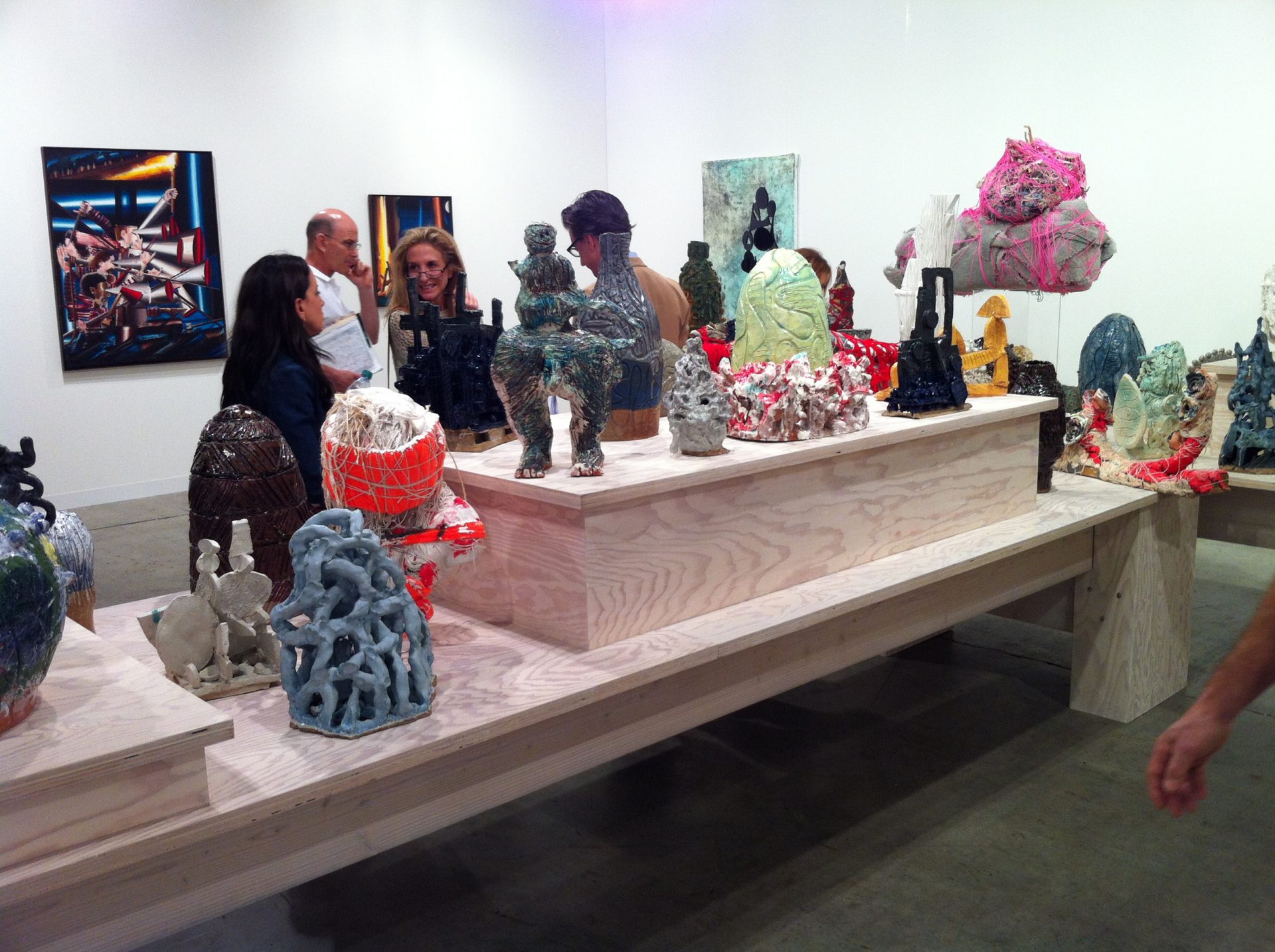Some thoughts and words spoken have “the contemporary” as an overarching idea that has come up numerous times over the past 20 months. No one single person can answer this question but below are the writings of Terry Smith, a person that has written on the topic quite a bit over the past several years. We need to have a conversation.
To many, the idea that contemporary art might be subject to historical analysis and interpretation is unthinkable: it seems to be a contradiction in terms (and thus a conceptual error); the proper province of critics, not historians, who should just wait; a practical impossibility given the evident diversity of contemporary art; a mistaken enterprise given contemporary art’s radical pluralism; finally, and worst of all, it might, if successful, operate as a constraint on art practice. Recently, however, such objections have been sidelined by actual world historical developments, concomitant changes in art practice during the past forty years, recent shifts in critical theory, and a growing number of attempts by curators and others to apply both historical and art historical perspectives to contemporary art. More broadly, new understandings of “the contemporary” as the multiplicity of ways of being in time are coming into focus.
Is “contemporary” the name of an art historical period that has succeeded modernism, or does “contemporaneity” mean that periodization is past (an anachronism from modernity) both in the general culture and in art? Does it then follow, as many argue, that contemporary art can only be a kind of modernism that has outlived its time? Against this, there is the view that the multiple modernisms and non-modern practices within twentieth century art prefigure the diversity of contemporary art. This implies that shifts from modern to contemporary art occurred in distinct ways in different places, and that tracking these is an urgent art historical task. Looking directly at the present, we might ask whether or not contemporary conditions have reshaped our conception of “the world” (in planetary terms, for example, as worlds-within-the-world), and thus our conception of the currents manifest in global contemporary art? Are the evident interconnections between each region, people, city, even locality in the world today sufficient to enable us to speak of a new, contemporary phase in the “world” history of art?
A finite set of forces, I believe, is shaping our contemporaneity:
- Globalization: drives for hegemony in the face of increasing cultural differentiation, for control of time in the face of the proliferation of distinct, conflicting temporalities, and for continuing exploitation of diminishing natural and virtual resources. Now failing…
- Accelerated inequity between peoples, classes, and individuals that threatens both the desires for domination entertained by states, ideologies, and religions and the persistent dreams of liberation that continue to inspire individuals and peoples.
- Immersion in an infoscape (a spectacle society, an image economy, or a regime of representation) that is capable of the instant and thoroughly mediated communication of all information and any image anywhere. It is, at the same time, fissured by the uneasy coexistence of highly specialist, closed-knowledge communities, rampant popular fundamentalisms, and open, volatile subjects.
These, in turn, shape art practice in homologous ways, such that three broad currents, each quite different in character, each with internal tendencies, may be discerned, as follows:
- Official Contemporary Art, visible as art styles and as medium-based practices, has in recent decades taken these forms: Postmodernism, Retro-Sensationalism, and Remodernism. In most of these respects, it continues to be a contemporary elaboration of Modern Art, persisting through the present.
- The Transnational Turn has drawn artists to engage directly and via indirection with geopolitical forces, ideologies and issues that have been precipitated by the processes of decolonization, the rise of new nationalisms (and their implosion in many cases), the impact of globalization, against which some seek an open internationalism, others a broader cosmopolitanism, within which art may work as a mode of translation between differences. This is a transitional state, obviously; even nations that seem strong in relation to others are undergoing internal transitions of many kinds.
- Within and beyond these currents, a mostly younger generation of artists deploys strategies to explore their affective experiences of emergent worlds. Four themes recur. World picturing, placemaking and connectivities between them are in constant relationship: location is sought, and dislocation experienced, everywhere and always. Given our new understanding of “the contemporary” as a multiplicity of ways of being in time, and being so with others (of whom we are more aware than ever before, and in unprecedented detail), it is no surprise that asynchronic co-temporality is a recurrent subject. Nor that these artists see themselves as immersed within media, both ubiquitous mass media and mediated communicative systems, while at the same time they seek new kinds of distinctiveness within this envelopment. Circuitry of this kind is a relay between effect and affect.
Terry Smith
